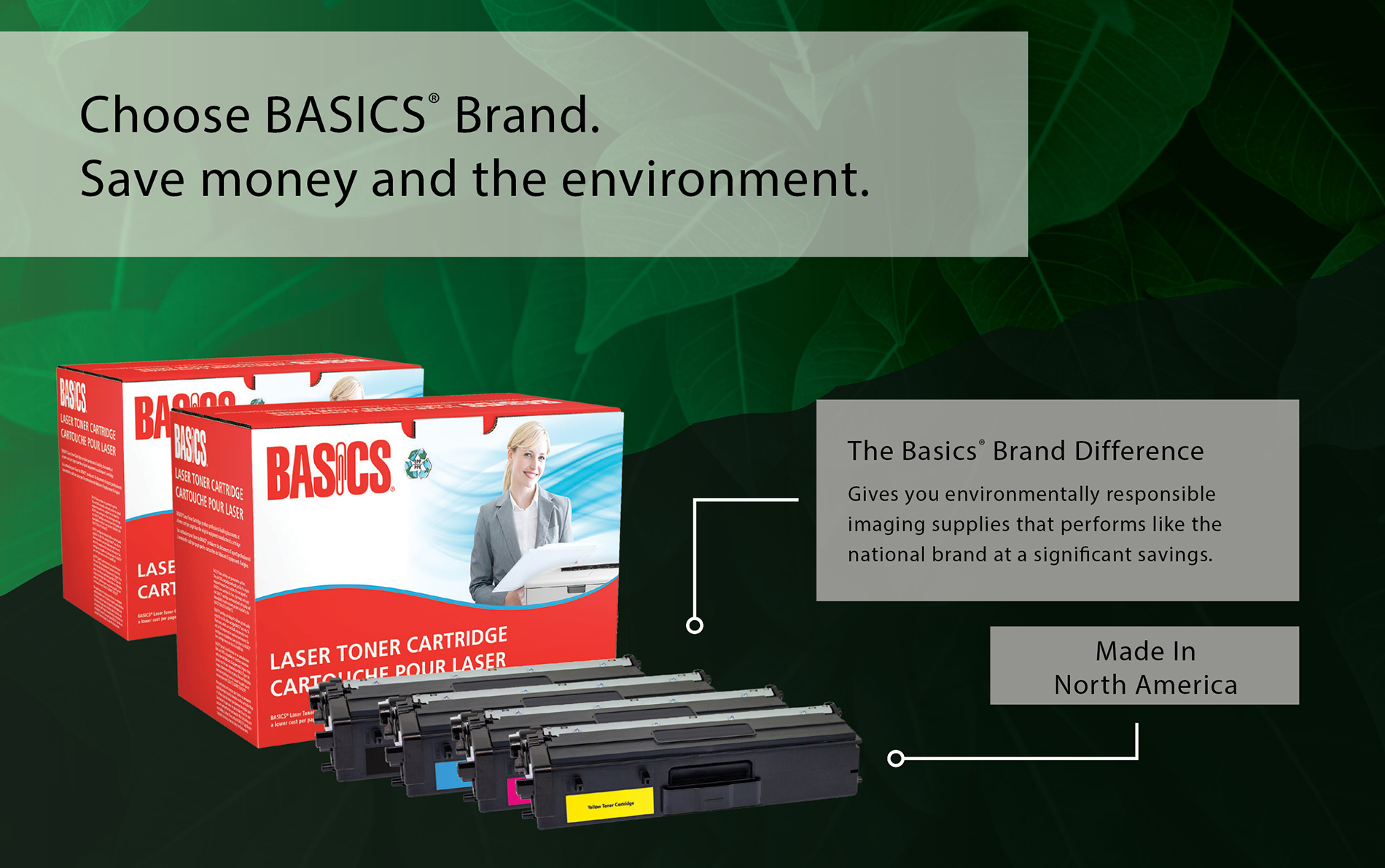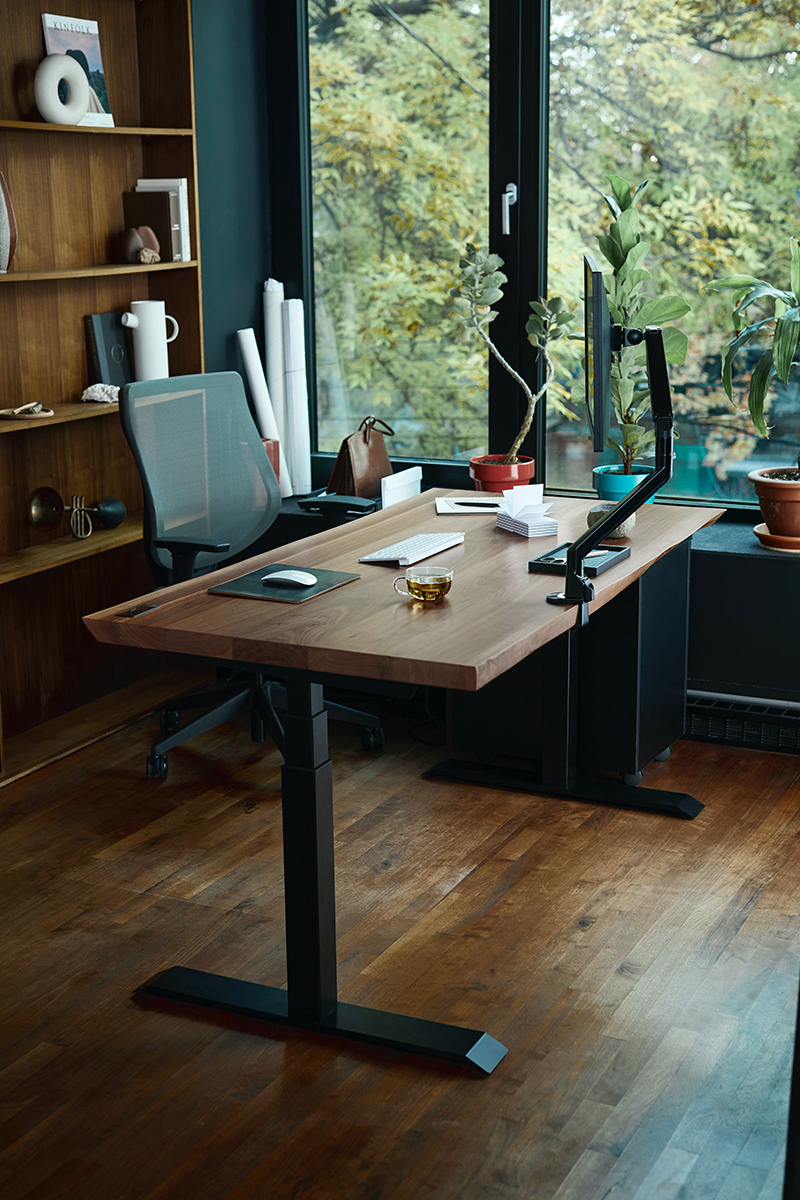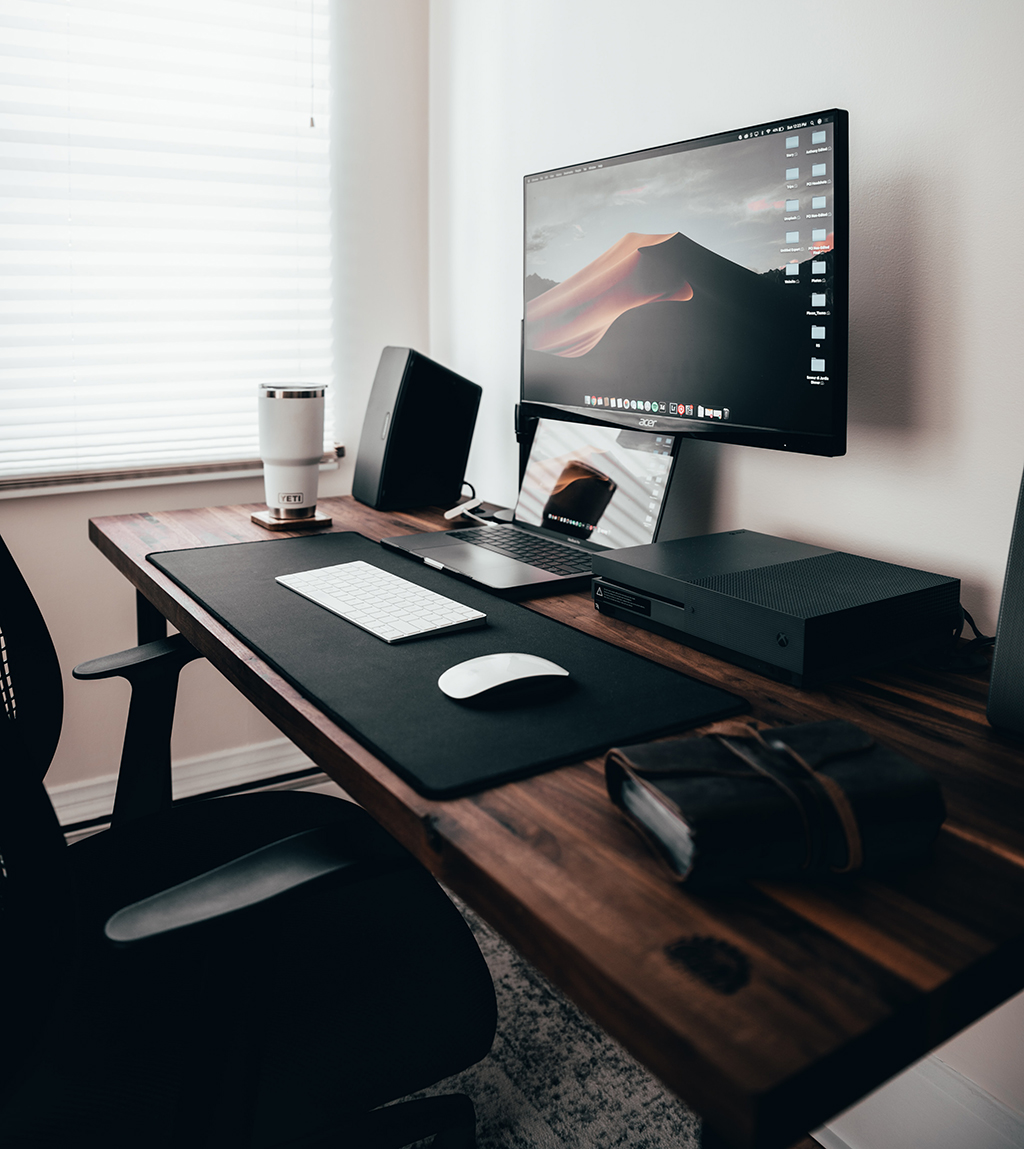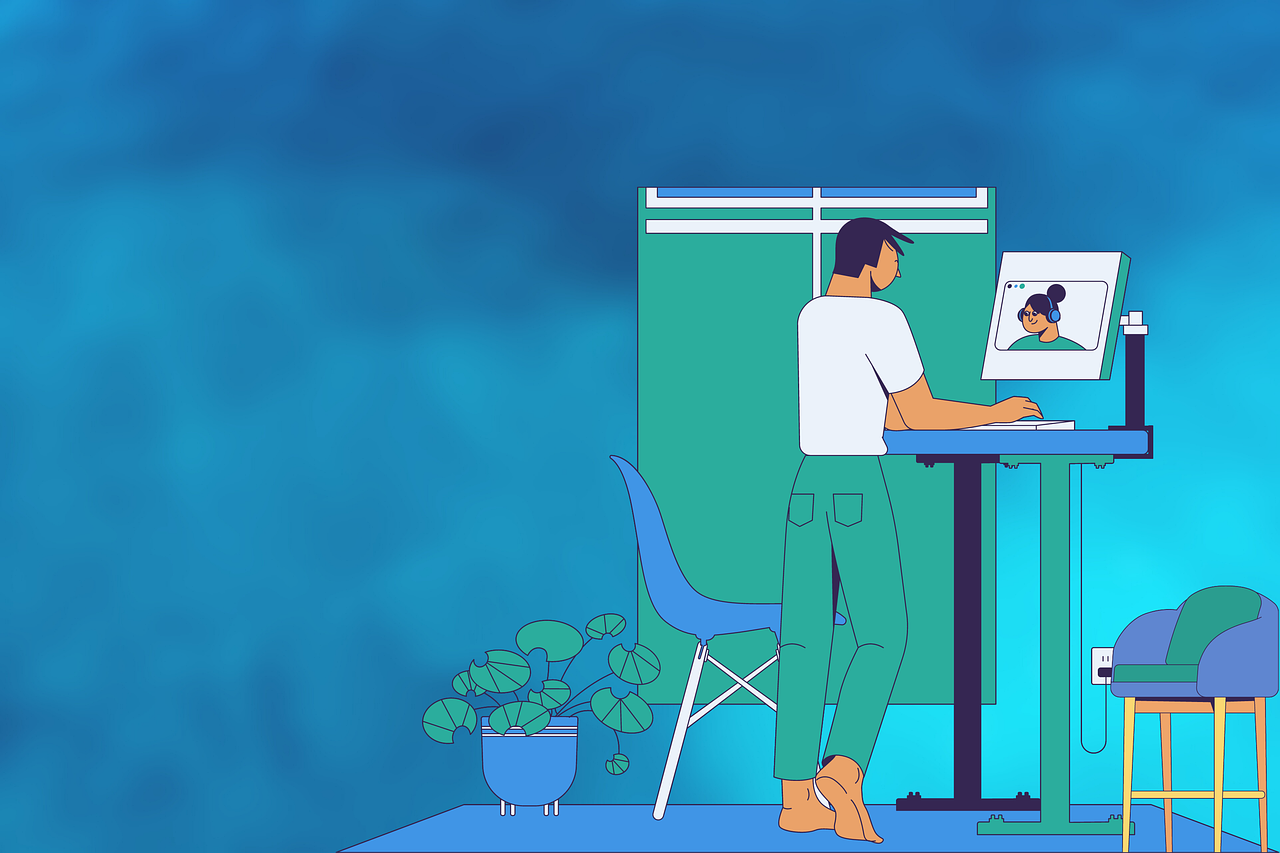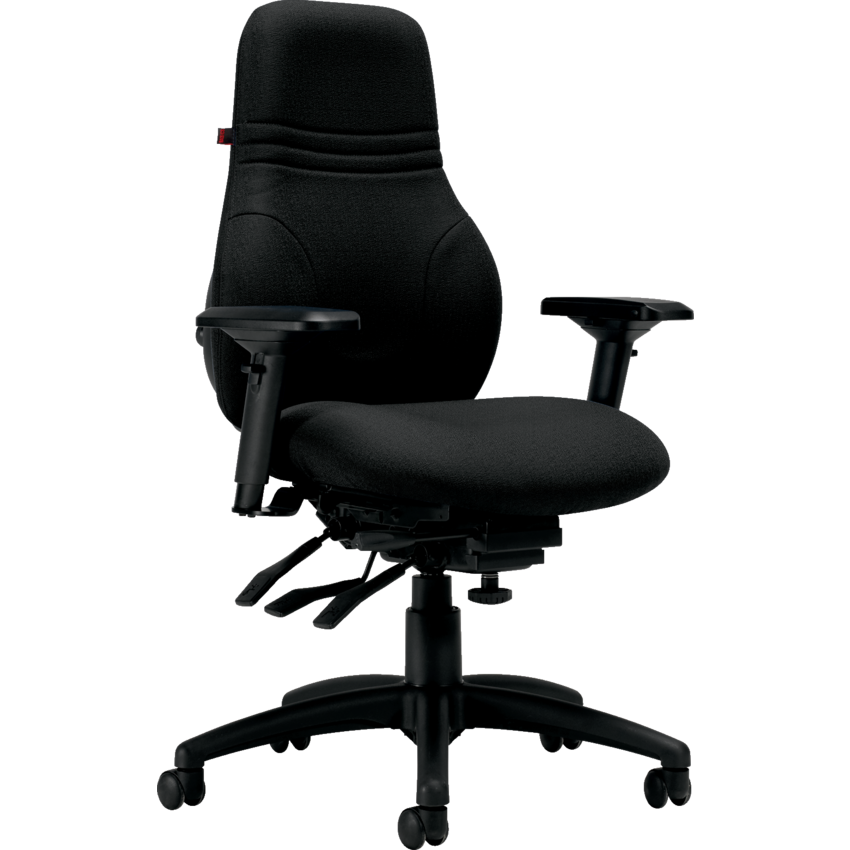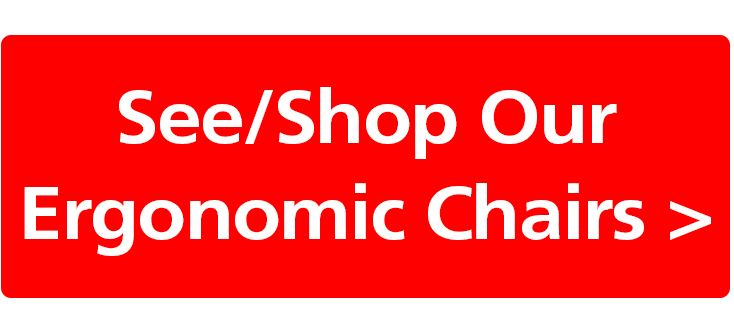March 7th, 2023
Checklist for Office Ergonomics: Eight Tips for a Healthy and Productive Workstation
It’s important to take care of our bodies and ensure that we are practicing good ergonomics, no matter if we’re working from home or at the office. This is especially crucial for those of us who spend long hours sitting at a desk. To help you stay healthy and productive, we've put together a checklist of workplace ergonomics tips. Follow these guidelines to ensure that your workstation is set up in a way that promotes good posture and reduces the risk of injury.
1. Adjust your chair: Start by adjusting your chair to the correct height so that your feet are flat on the ground, your knees are at a 90-degree angle, and your hips are level with your knees. This will help to ensure good blood flow to your legs. Your chair should also have good lumbar support, which will help to prevent lower back pain. Make sure your chair has adjustable armrests that can be positioned so that your arms can rest comfortably at your sides. This will help to prevent strain on your shoulders and neck.
2. Position your keyboard: Your keyboard should be placed at a height that allows your arms to rest comfortably at your sides, with your elbows bent at a 90-degree angle. This will help to prevent strain on your wrists and forearms. Consider using a keyboard tray to achieve the ideal position. By using a keyboard tray, you can adjust the height, tilt, and distance of your keyboard with ease, giving you greater flexibility in setting up your workstation. Additionally, a keyboard tray can free up valuable desk space and improve your overall posture and comfort by allowing you to maintain a neutral wrist position while typing. Look for a keyboard tray that can support the size and weight of your keyboard and that has a range of motion that suits your needs. With the help of a keyboard tray, you can achieve the perfect keyboard position for your ergonomic setup.
3. Position your mouse: Your mouse should be close to your keyboard and at the same height. This will prevent you from having to reach for your mouse, which can cause strain on your shoulders and neck.
4. Use an ergonomic mouse: A traditional mouse can cause strain on your wrists and forearms, especially if you use it for long periods of time. Consider investing in an ergonomic mouse that is designed to support your hand and reduce the risk of developing carpal tunnel syndrome. There are many different types of ergonomic mice available, such as vertical mice or trackballs, so experiment with different options to find the one that works best for you. By using an ergonomic mouse, you can further reduce the risk of developing discomfort or injury from repetitive use.
5. Adjust your monitor: Your monitor should be positioned at a comfortable viewing distance, usually about an arm's length away. The top of the monitor should be at or slightly below eye level, and the screen should be tilted slightly upward to reduce glare. Consider using a monitor arm to achieve the ideal position. A monitor arm allows you to adjust the height, tilt, and distance of your monitor with ease, giving you greater flexibility in setting up your workstation. By using a monitor arm, you can avoid straining your neck or eyes by having to adjust your posture to see your monitor clearly. Additionally, a monitor arm can free up valuable desk space and improve the overall aesthetics of your workstation. Look for a monitor arm that can support the size and weight of your monitor and that has a range of motion that suits your needs.
6. Consider using footrests and backrests: Use a footrest and/or backrest if you find that your workstation setup does not allow you to maintain proper posture. Your feet should be able to rest comfortably on the floor or a footrest, with your thighs parallel to the floor. This helps to improve circulation and reduce pressure on your lower back. Additionally, a backrest can provide support for your spine and help to maintain the natural curve of your lower back. A footrest can help to reduce pressure on your lower back and improve blood flow to your legs, while a backrest can help to support your spine and prevent slouching. Look for a footrest and backrest that provide the right amount of support for your needs, so you can further reduce the risk of developing discomfort or injury from sitting for extended periods of time.
7. Consider a sit-to-stand desk: A sit-to-stand desk allows you to switch between sitting and standing throughout the day, which can help to reduce the risk of developing aches and pains from sitting for extended periods of time. Standing can also help to improve circulation, increase energy levels, and reduce fatigue. Sit-to-stand desks are adjustable, allowing you to easily switch between sitting and standing positions; some desks even come with pre-set height adjustments that you can customize to your specific needs. If you are using a sit-to-stand desk, be sure to adjust the height of your monitor and keyboard accordingly to maintain proper posture while standing (following the same positioning tips above). You can also consider using an anti-fatigue mat or standing mat to help reduce fatigue and provide extra support for your feet and legs.
8. Take breaks: Even with good ergonomics, sitting for long periods of time can be hard on your body. To further reduce the risk of discomfort or injury from sitting for extended periods of time, take regular breaks to stretch your muscles and give your eyes a rest. Every 30 minutes or so, stand up and stretch your legs, arms, neck, and shoulders. You can also perform simple exercises such as shoulder rolls, neck stretches, and leg extensions to help improve circulation and reduce muscle tension. In addition, follow the 20-20-20 rule for eye health. Every 20 minutes, take a break from looking at your screen and focus on an object at least 20 feet away for at least 20 seconds. This can help to reduce eye strain and prevent eye fatigue.
By following these simple tips, you can help to prevent injuries and stay comfortable and productive at work. Remember, taking care of your body is key to success in any workplace. So, take the time to set up your workstation properly and make ergonomics a priority in your workday.

